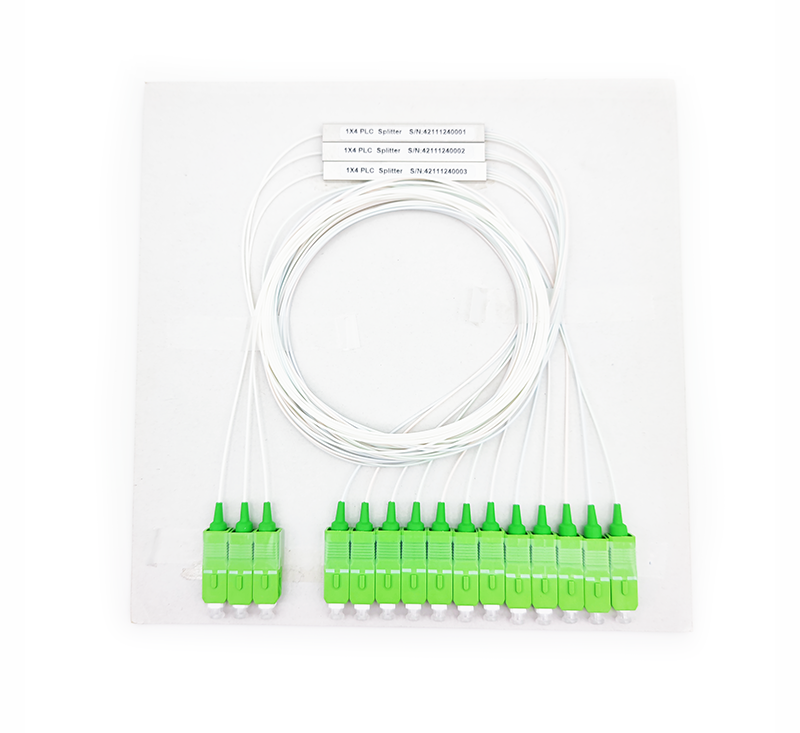The principle of the optical fiber transceiver is to exchange short-distance twisted pair electrical signals with long-distance optical signals. Optical fiber transceivers use the advantages of optical fiber communication, such as large information capacity, good confidentiality, light weight, small size, no relay, and long transmission distance, to solve the transmission problems of Ethernet. It has been well applied in the actual network environment where the Ethernet cable cannot cover and optical fiber must be used to extend the transmission distance.

In optical fiber technology, glass (or plastic) filaments (fibers) are used to transmit data. The use of fiber optic technology is entirely based on the principle of total internal reflection. The reflection or refraction of light depends entirely on the angle at which it intersects the plane. Fiber optic systems are very similar to copper conductor systems. The difference is that an optical fiber uses pulses of light to transmit information along a fiber-optic line, while a copper-cored wire uses pulses of electrons to transmit information along its own line. end to the SC/ST connector of a 100BASE-FX device.
In addition, it is necessary to add that many users think that when using fiber optic transceivers, as long as the length of the fiber is within the maximum distance that single-mode fiber or multi-mode fiber can support, it can be used normally. In fact, this is a wrong understanding. This understanding is correct only when the connected devices are full-duplex devices. When there are half-duplex devices, the transmission distance of the optical fiber is limited to a certain extent.










